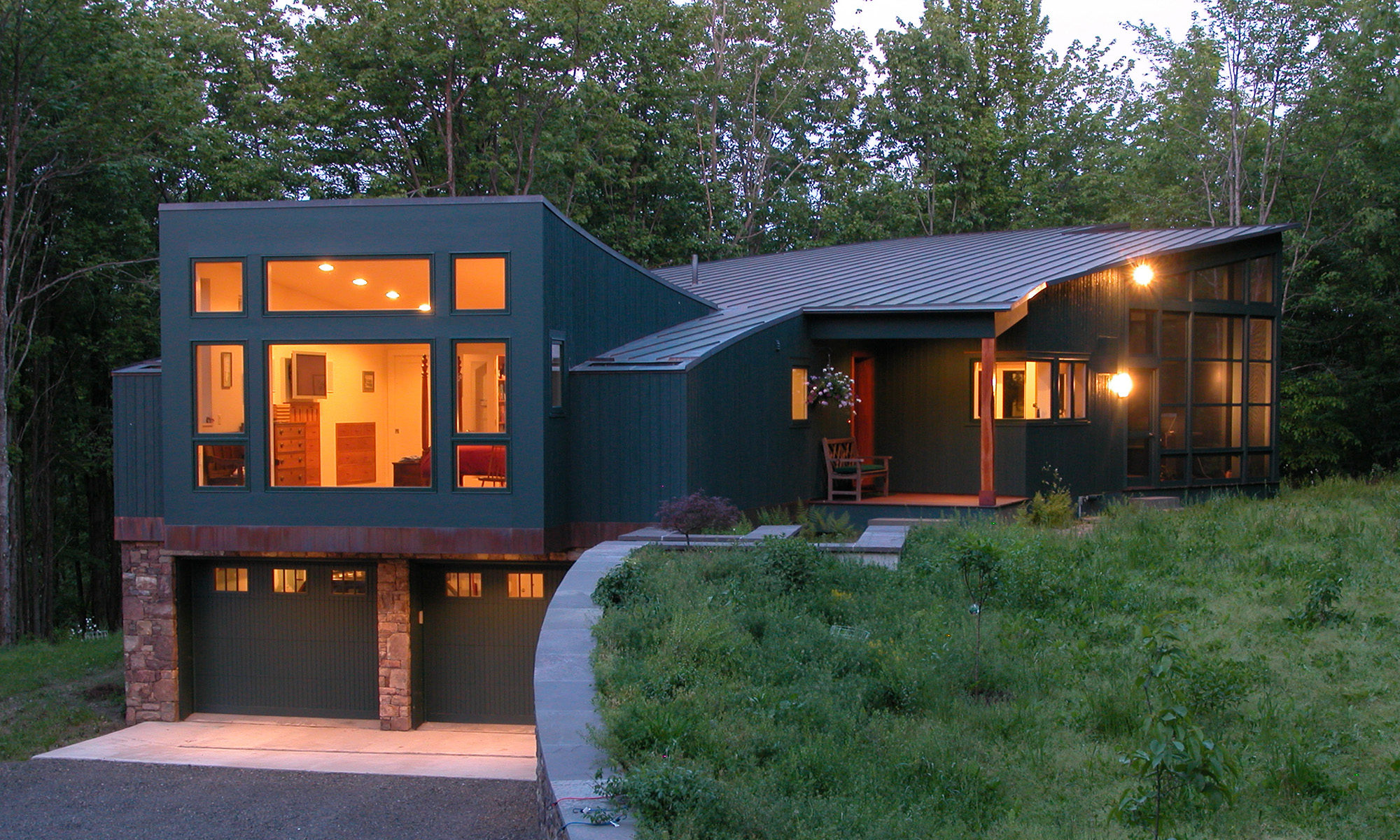Previously Published 25 September 08
Three things on the current financial meltdown. 1. Falling home prices are at the root. 2. Architects are used in only about 5% of the housing starts nationwide. 3. Most of the houses in question are suburban sprawl McMansion wonders. So thinking in terms of design, as we are always wont to do, we wonder if all of this is not some sort of acerbic comment on the value of residential design in America? A quick Google search reveals that states like FL, CO and NE have both the highest sprawl and the greatest foreclosure rate. Architects have historically always wanted to solve societies ills with their work, think Le Corbusier. So if architects had been involved in a higher percentage of starts, the quality of the design would be higher, the houses would be worth more, and financial disaster would be prevented. Ok a fantasy, I admit. But then architects are good at fantasy.



